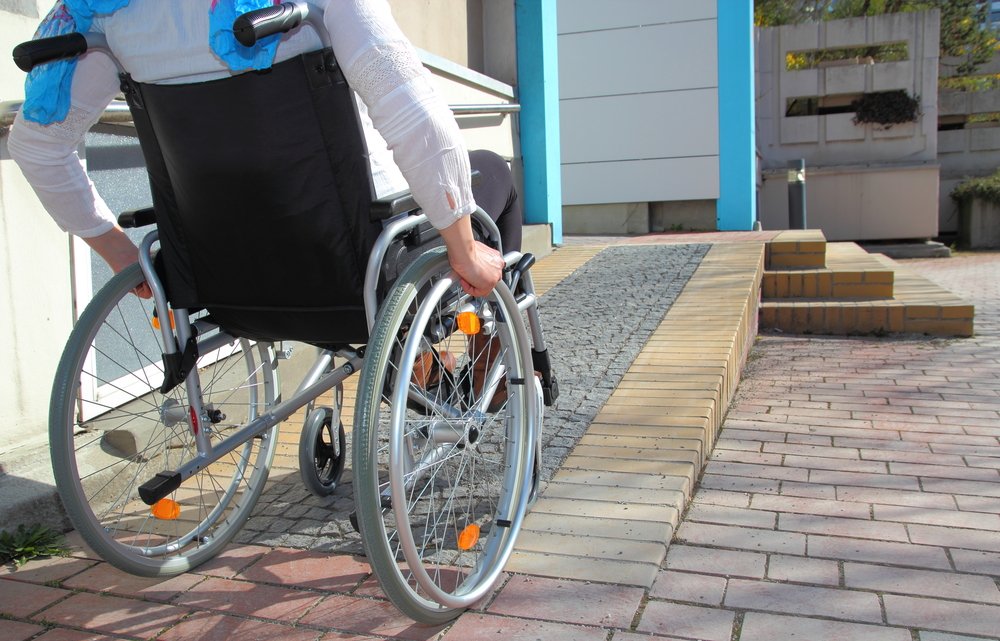Falls Common Among Wheelchair, Scooter Users in People with MS, Study Reports
Written by |

The majority of people living with multiple sclerosis (MS) who use wheelchairs or scooters for mobility reported falling at least once over a six-month period, according to a new study.
While most studies have focused on ambulatory MS patients, this may be the first study to assess the prevalence and circumstances of falls among those who already experience significant mobility issues and require the use of wheelchairs or scooters to get around.
Findings of the study, “Fall prevalence in people with multiple sclerosis who use wheelchairs and scooters,” were published in the journal Medicine.
In ambulatory MS patients who are able to move around on their own, about 50 percent reported falling during a six-month period.
The current study recruited 44 MS patients from May 2014 to July 2015 who required wheelchairs or scooters to move about. These patients were from medical centers across the United States and Asia. Their ages ranged from 27 to 82, and the majority (73 percent) of the participants were female. They were asked to complete a survey focusing on the prevalence of falls, the frequency of injuries, the circumstances surrounding the falls, and quality-of-life indicators.
Thirty-three of the 44 participants (75 percent) reported falling at least once in the previous six months. This number is higher than any of the other studies that assessed the prevalence of falls in MS patients. Many of these people experienced more than one fall within those six months. Of these falls, 87.5 percent occurred inside the home.
The top four activities reported by participants that led to these falls included using the toilet, transferring, walking short distances, and reaching for an object.
Some of the people said the falls were serious, and 8 percent of participants reported an injury because of their fall. Perhaps for this reason, many reported concerns about falling (76.7 percent). And, more telling, 65.9 percent of these MS patients reported altering their activities because they feared falling.
The use of mobility devices may affect the prevalence of falls. Participants were asked if they had fallen using a specific mobility device. Here is how they responded:
- 66.7% reported falling while using power wheelchairs;
- 37.5% fell while using manual wheelchairs;
- 66.7% fell when using scooters;
- 71.4% reported falling while using a walker;
- 100% fell while using a cane.
Because of the high prevalence of falls while using a mobility device, researchers said, clinicians should provide better education regarding the use and function of these mobility devices.
There were no significant correlations between people who experienced falls and quality-of-life indicators in this study.
Results from the study highlight the need for interventions specifically targeted for MS patients who use mobility devices such as wheelchairs and scooters. The body of research regarding predictors of falls suggest that some of the risk factors can be modified; therefore, more effort should be made to prevent falls using targeted rehabilitation interventions.
“As a result of the high frequency of falls and significant consequences, further research to manage fall frequency is essential and must be a priority among researchers,” the authors concluded.





